Girls in Little League
WHS sophomore Emma McGoldrick shares her award-winning essay from the 2017 Will McDonough Writing Contest
March 27, 2017
(RAIDER TIMES EDITOR’S NOTE: The following story by Emma McGoldrick finished first in the 10th-grade division in the 13th annual Will McDonough Writing Contest, sponsored by the Sports Museum at TD Garden. Also winning this year was the essay submitted by Watertown High School 12th-grader Aurora Fidler. Aurora and Emma will be honored at TD Garden on Wednesday, March 29, prior to the Bucks-Celtics game. There have been eight winning essays from WHS students in the past seven years, following WHS students Sofia Farhadi (12th grade, 2016), Nicole Frisoli (11th grade, 2016), Joey Kelland (12th grade, 2014), Cameron Anderson (12th grade, 2013), Margaret Antonellis (12th grade, 2012), and Katie Carlson (12th grade, 2011). This year, five WHS students received Honorable Mention recognition: senior Alexan Cinar, senior Yasir Khan, senior Sanan Rafiq, sophomore Alex Egan, and sophomore Abbi Peterson. Congratulations to all of the winners!)
GIRLS IN LITTLE LEAGUE
By Emma McGoldrick
Similarly to how we struggle to be accepted into other fields; up until not long ago women were snubbed from participating in sports. Sport by sport, athlete by athlete, women were glacially invited into the world of competitive sports. However many women still struggle for recognition and fair treatment in the world of athleticism (and in general).
It may seem hard to believe, but grown women weren’t the only ones excluded, so were little girls. It wasn’t until 1974 that little girls were officially allowed to participate in Little League baseball. This was, in large part, because of Kim Green.
Kim grew up loving baseball. It was a constant in her life because her father was a former major leaguer who went on and worked for the Philadelphia Phillies. She played in her free time, she watched others play, and she dreamed of one day joining her own baseball team. When she turned 9 and was finally eligible for Little League (or so she thought), she went to Forest Oak Elementary School to sign up. When she made it to the front of the line however they had bad news for her. The man at the sign-up desk said to her, very matter of factly, “Little girls can’t play baseball” as if it were as obvious a notion as “pigs can’t fly”.
Needless to say Kim was devastated. She had been waiting her whole life to be part of a baseball team; and for seemingly no reason other than her gender, that was taken from her before she could even argue.
Kim’s mother was under the impression that girls were allowed to join Little League because they were in New Jersey, but apparently New Jersey was the only exception to the rule prohibiting little girls from playing baseball. The only reason this rule had been amended in New Jersey was because of a lawsuit filed by the National Organization of Women.
A common argument when women ask why they are excluded from certain physical activities (or activities in general) is to claim it isn’t about sexism, but about protecting women. For example, Creighton J. Hale, the executive vice president of the Little League, explained during a hearing for the lawsuit that “Girls have weaker bones and muscles than boys and a blow to the breast of a female could cause cancer.”
The National Organization of Women won this case, gaining young girls in New Jersey eligibility for Little League baseball, however this ruling didn’t mean anything for other states.
Despite unrest over their rule, the Little League was reluctant to make any changes. This was when Kim got involved. A teacher at her elementary school had learned Kim’s story of being snubbed from her favorite sport and she was aware a few of Kim’s friends had gone through the same thing. As a member of the National Organization of Women, Kim’s teacher offered to sue Little League on behalf of Kim and her friends. Kim’s mother accepted this offer.
The story started making the rounds when Kim’s father Dallas Green, an important figure in the MLB, said, “If a girl is good enough to compete with boys, she shouldn’t be kept from doing so.”
This sparked a countrywide debate. Not long after Kim was invited on Mike Douglas’s talk show, not to debate but to show her baseball skills. On June 3, 1974, Kim sent balls all over the stage proving she could bat as well as any boy. Not long after, on June 12, the Little League officially amended their rule prohibiting girls from playing.
Kim and hundreds of other girls her age went to try out for baseball. However, they were told teams had already been filled and they would have to wait until next season. Kim and her friends had come too far to give up. Sylvia, Kim’s mother, held tryouts for an all-girls Little League team. That team went on to win eight straight games against boys teams.
Kim remembers how great it felt to prove herself and she does believe that her and her friends made serious changes. However she doesn’t believe that the second the rules were changed a flip was magically switched. Her and her friends still remember the remarks of emasculated boys. On and off the field, they heard things like “She’s not bad for a girl.”
In conclusion, I feel that the continuous struggle for acceptance that female athletes deal with is very telling of the society we live in. Despite this, I believe that Kim and her friends made a real impact and that the day little girls were given the right to join Little League was a historic day in sports.
(Sources: InfoPlease and the Washington Post.)
–March 26, 2017–


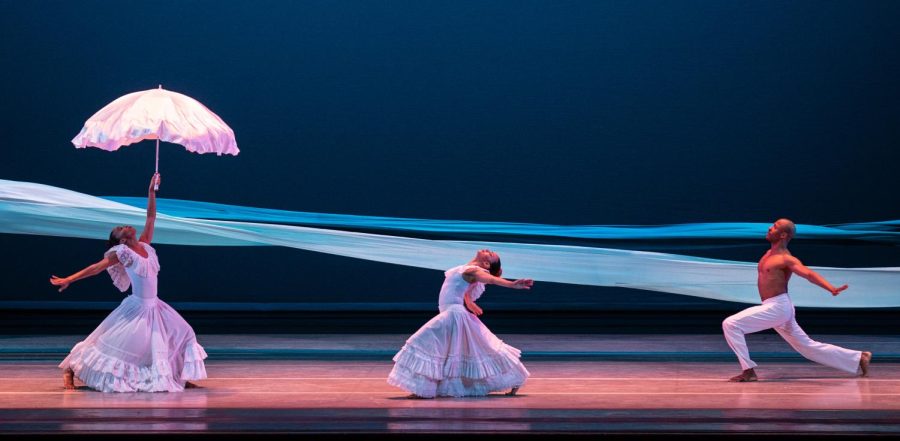
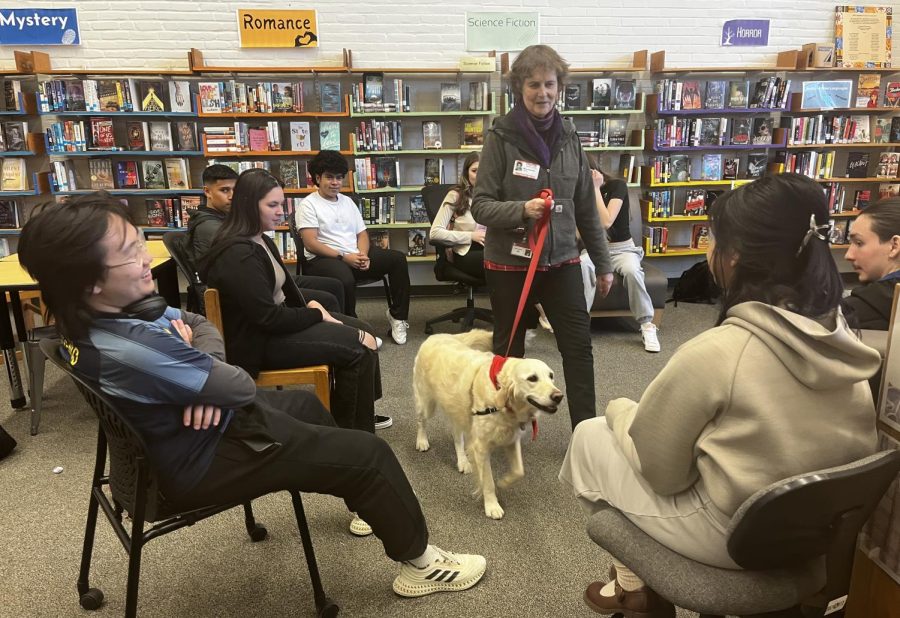
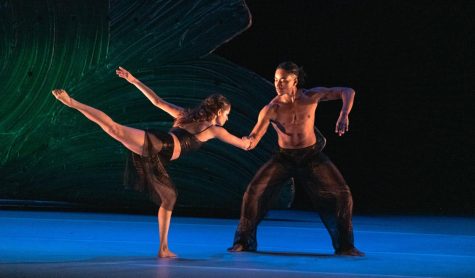





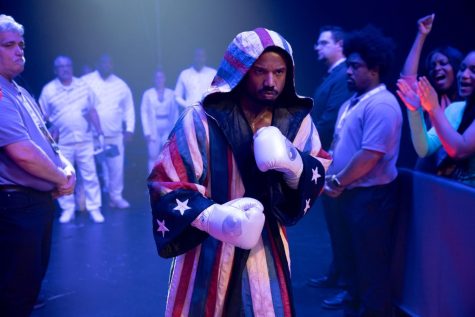
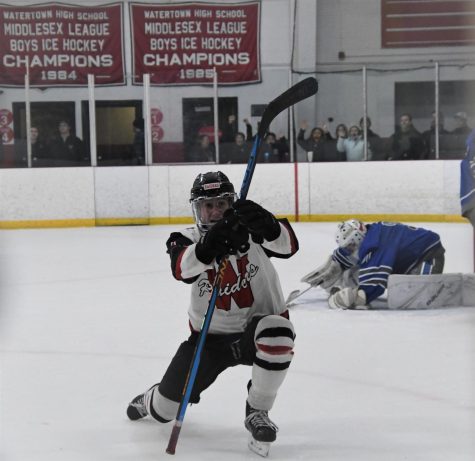


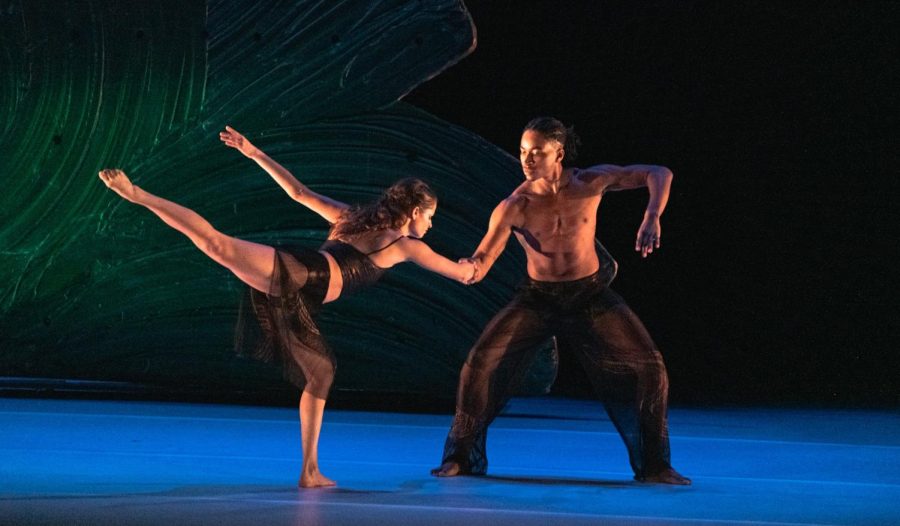

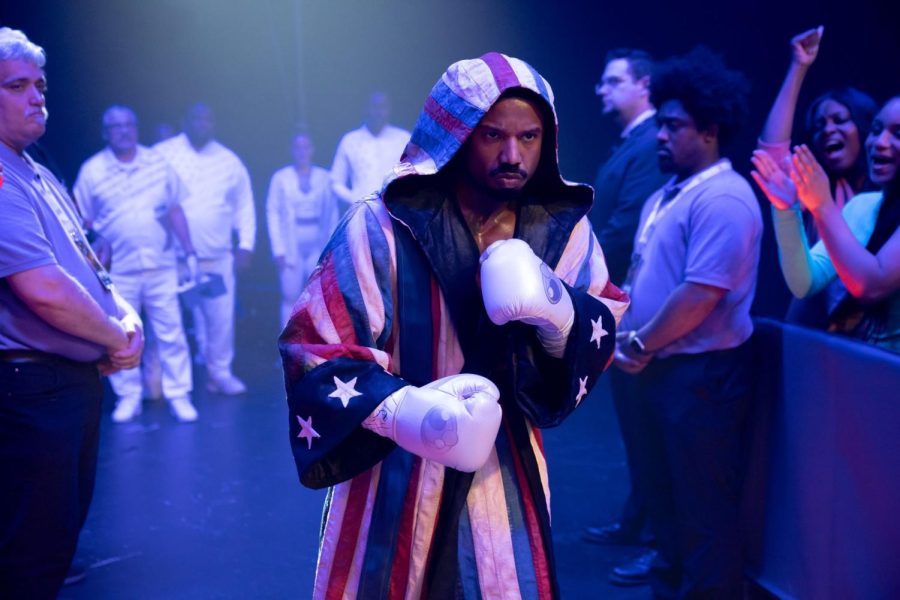


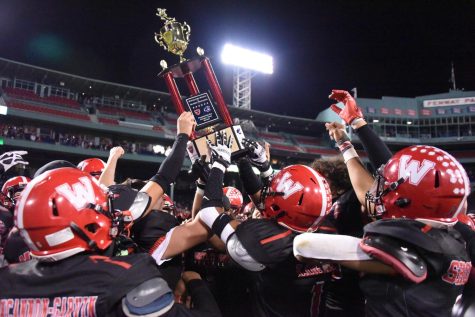
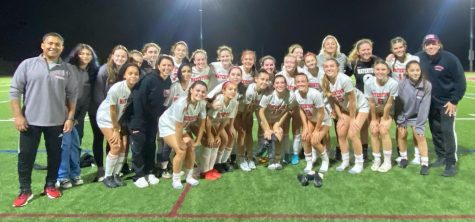

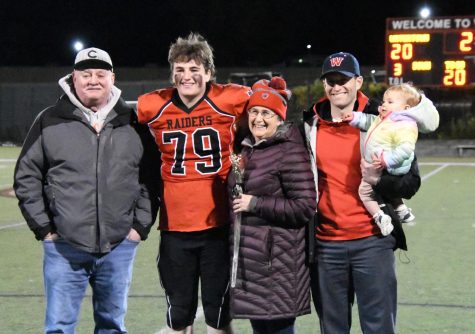
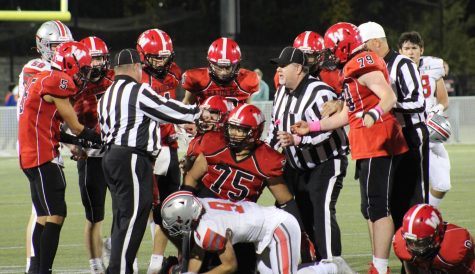
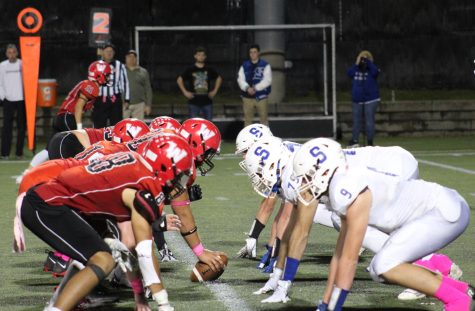
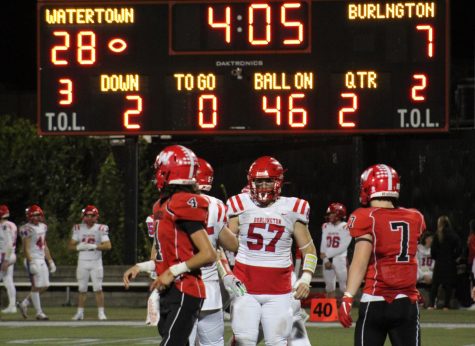
Beth • Mar 29, 2017 at 2:01 am
Well formulated, persuasive and poignant. Top quality writing. You’ve got talent Emma.
Paul • Mar 27, 2017 at 4:50 pm
What an article! Of course I was impressed by the content but the fact that Emma has such a beautiful command of vocabulary and prose left me dumbfounded. How many adults, never mind high schoolers, can write so well? Truly remarkable .